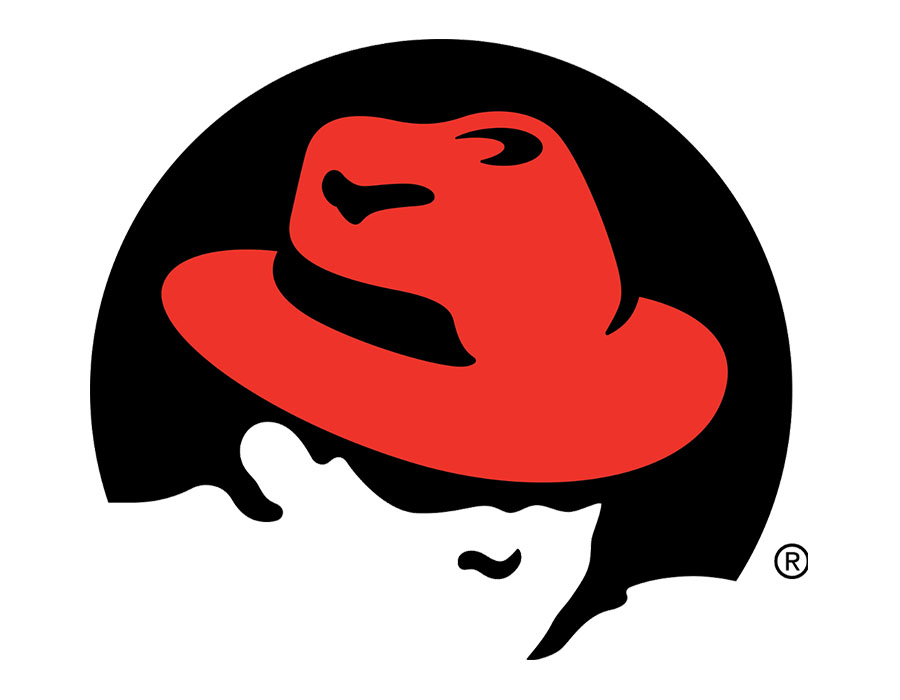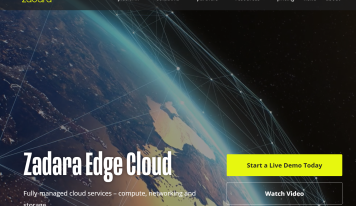The late nineties are when IBM decided to make a big bet on Linux and open-source. It was a smart bet. They saw where the market was going and hopped on early.
In 1999, in fact, one year before the dotcom crash that the company announced it was jumping in.
It was a fairly big deal. IBM was known for proprietary operating systems and hardware and pretty much everything else. In the early and mid-nineties, IBM was expected to lead the tech markets with OS/2 and AIX. Neither gained significant share despite a tremendous effort on IBM’s part
Red Hat was one of the first players in Linux – from the early nineties onward. They have helped foster an amazing open-source community through support and numerous products and services.
Cloud was the revolution IBM missed and has been continuously playing catch-up in. To bolster their efforts, IBM has purchased Red Hat, making IBM the number one hybrid-cloud provider. The purchase will be made at $190 per share with an enterprise value of around $34 billion.
“The acquisition of Red Hat is a game-changer. It changes everything about the cloud market,” said Ginni Rometty, IBM Chairman, President and Chief Executive Officer. “IBM will become the world’s #1 hybrid cloud provider, offering companies the only open cloud solution that will unlock the full value of the cloud for their businesses.
“Most companies today are only 20 percent along their cloud journey, renting compute power to cut costs,” she said. “The next 80 percent is about unlocking real business value and driving growth. This is the next chapter of the cloud. It requires shifting business applications to hybrid cloud, extracting more data and optimizing every part of the business, from supply chains to sales.”
“Open source is the default choice for modern IT solutions, and I’m incredibly proud of the role Red Hat has played in making that a reality in the enterprise,” said Jim Whitehurst, President and CEO, Red Hat. “Joining forces with IBM will provide us with a greater level of scale, resources and capabilities to accelerate the impact of open source as the basis for digital transformation and bring Red Hat to an even wider audience – all while preserving our unique culture and unwavering commitment to open source innovation.”
The move makes perfect sense and as the title of this post suggests, was a long time coming. IBM’s bet on open-source is now in phase two and this time, the biggest threat seems to be coming from Amazon, not Microsoft.
It’s interesting that in the communications space the company which most closely resembles Red Hat is Digium, the organization behind Asterisk and they were recently acquired two months ago by Sangoma.






